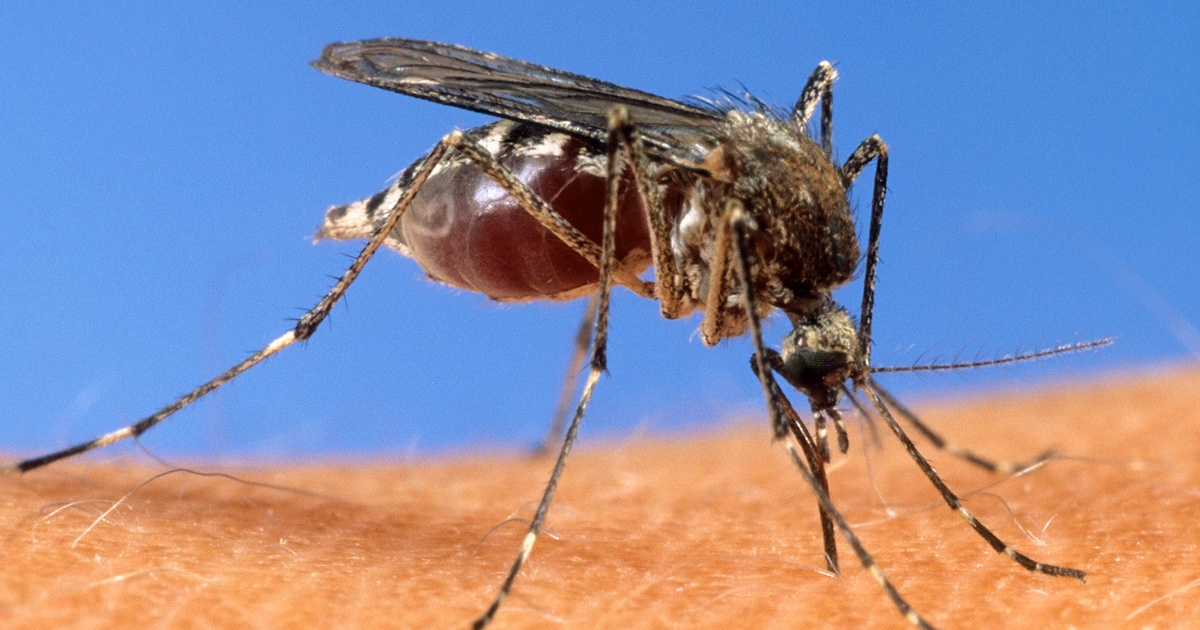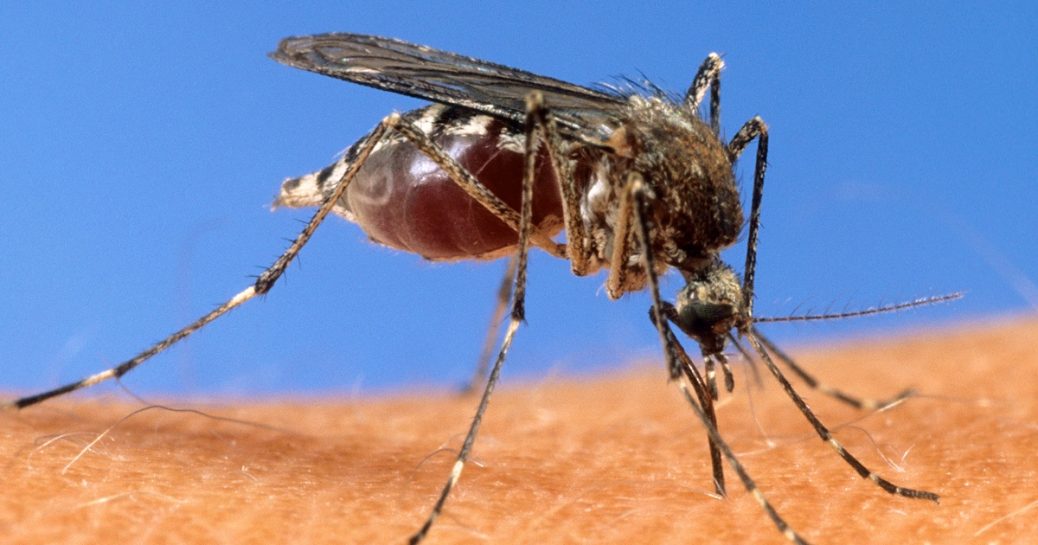
Nine cases of West Nile virus have been confirmed so far this year, as disease experts say the virus appears to be circulating more than usual for this time of summer.
As of June 25, the Centers for Disease Control and Prevention had confirmed human cases in at least seven states: Arizona, Arkansas, Kansas, Maryland, Michigan, Mississippi and Tennessee. At least 18 states have detected the virus this year in humans, mosquitoes, birds or other animals.
Five of the human cases were neuroinvasive, meaning people developed severe disease such as inflammation of the brain or the membranes surrounding the brain and spinal cord. This can lead to disorientation, vision loss, coma or paralysis, and in rare cases may be fatal.
There are no vaccines or treatments for West Nile, so people with severe illness usually receive just supportive care such as fluids or pain medication.
Around 8 in 10 people infected with West Nile virus don’t show symptoms. A smaller number may develop a fever accompanied by a headache, body aches, joint pain, vomiting, diarrhea or a rash. These symptoms can often be confused with those of other viruses, so the majority of West Nile cases are never diagnosed.
The U.S. records anywhere from several hundred to several thousand cases each year. Most cases are reported in August and September.
“We are seeing West Nile virus (WNV) activity a little earlier this year so it’s really important that everyone take steps to protect themselves and their families from mosquito bites,” Kate Fowlie, a press officer for the CDC, said in a statement. “WNV tends to be unpredictable and varies from year to year so we don’t know specifically how this year will be compared to others.”
Warming global temperatures due to climate change have increased human exposure to West Nile virus, since mosquitoes are able to breed faster, bite more and survive for longer periods. Climate change has also expanded mosquito habitats.
“For several species, there are pretty strong trends that the populations are growing earlier in the year than they would have decades ago,” said Scott Weaver, director of the Institute for Human Infections and Immunity at the University of Texas Medical Branch.
“If it’s a warm winter, more of them will survive the winter,” he said. “And second, if the spring is warm, they will start multiplying earlier in the year.”
These factors have also fueled the rise of other mosquito-borne illnesses like dengue fever in the U.S. The CDC issued a warning late last month that the country was seeing an unexpectedly high number of dengue fever cases: The agency had recorded nearly 2,400 cases as of Tuesday, compared with around 3,000 cases in all of last year.
Weaver said mosquitoes carrying West Nile tend to be most active in central states like Texas or Colorado, as well as rural areas with lots of farmland. Areas with cooler temperatures, like the Northwest, don’t have as much West Nile activity, he added.
“If the temperature is not warm enough, the virus is too slow to replicate in the mosquitoes and be transmitted efficiently,” Weaver said.
The CDC’s tally for West Nile cases this year is likely an undercount, since several states have reported additional human cases in recent weeks.
The Southern Nevada Health District recorded seven cases since June 26, five of which were announced Wednesday. Four of the total cases were neuroinvasive. According to the health district, more than 8,000 mosquitoes in Southern Nevada had tested positive for West Nile as of June 27.
“We had our first positive mosquitoes in May, which is pretty early, because we typically see West Nile-positive mosquitoes beginning of July,” said Vivek Raman, the environmental health supervisor for the Southern Nevada Health District.
Raman said he’s worried about more West Nile transmission during monsoon season in the Las Vegas area, which is expected to start soon. Certain mosquitoes thrive in areas with lots of rainfall or stagnant water from storm drains or neglected swimming pools.
Officials from Douglas County, Nebraska, said in a news release that its mosquito population also seems to be larger than usual for this time of year. The county announced in late June that one person, a blood donor, had tested positive for West Nile virus.
“This report is concerning in that it may indicate an early start to the West Nile season,” said Dr. Lindsay Huse, the county’s health director.
The Texas Department of State Health Services also confirmed one human case of West Nile virus in the Houston area. Weaver said to expect more cases in Houston this summer.
“They’re finding a lot of virus in mosquitoes very early in Houston, so I think that’s a bad sign of things to come,” he said.
In Springtown, Texas, a woman told NBC 5 Dallas-Fort Worth that her husband died of West Nile in late June. The woman, Dranda Hopps, said hospital staff informed her that her husband had tested positive for the virus shortly before his death.
The City of Springtown said Friday that it had not received official notice from the state health department about a confirmed case yet. The Texas Department of State Health Services said that additional suspected cases may be under investigation.
Weaver said surveillance for West Nile tends to be limited to major metropolitan areas, so it’s often hard to tell how widespread the virus is across the country.
“It’s actually pretty frustrating that we haven’t made more progress being able to predict where we’re going to see epidemics of West Nile so we could focus more resources on the right places,” he said.
However, some counties have adopted innovative approaches to locate infected mosquito populations. Clark County, Nevada, uses drones to find mosquito breeding sites, and the Scott County Health Department in Illinois has asked the public to flag dead bird sightings — birds are the natural hosts for the virus, and mosquitoes contract the virus by feeding on infected birds. Illinois tests birds for West Nile to help predict when and where humans may be at risk.
To reduce exposure, disease experts advise getting rid of any stagnant water sources on your property such as dirty flower pot saucers or swimming pools. Installing screens on doors and windows can also keep the insects from entering the home.
When you’re outdoors, experts recommend using insect repellent and wearing long-sleeve shirts and pants — especially at times when mosquitoes are most active, at dawn and dusk.









Recent Comments